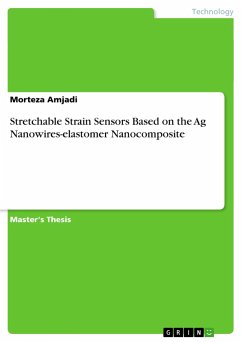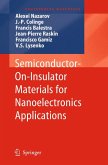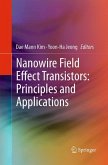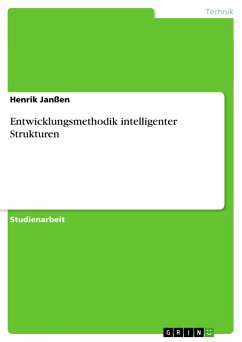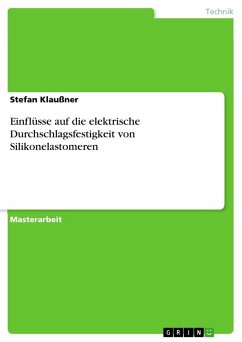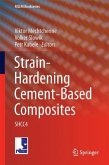Master's Thesis from the year 2014 in the subject Computer Sciences - Artificial Intelligence, , language: English, abstract: The demand for flexible and wearable electronic devices is increasing due to their facile interaction with the human body. Flexible, stretchable and wearable sensors can be easily mounted on clothing or directly attached to the body. Especially, highly stretchable and sensitive strain sensors are needed for the human motion detection. Here, we report highly flexible, stretchable, sensitive strain sensors based on the nanocomposite of silver nanowire network and PDMS elastomer in the form of the sandwich structure (Ag nanowire thin film embedded between two layers of PDMS). Sandwich structure made the Ag nanowire network electromechanically robust due to the complete penetration of PDMS into the 3D network of the Ag nanowire thin film. The Ag nanowirenetwork-elastomer nanocomposite based strain sensors show strong piezoresistivity with tunable gauge factorsin the ranges of 2 to 14 and a high stretchability up to 70%. Piezoresistivity of the strain sensor was further investigated by a computational model. Ag nanowires were randomly assigned into the PDMS matrix. Moreover, the connectivity of all pair nanowires was investigated by junction identification and total conductance of the network for different strains was calculated. We found an excellent agreement between our experimental and computational results. The mechanisms of piezoresistivity were explained with proposed computational model. Wefound that piezoresistivity mechanism for strain sensors with high density Ag nanowires is the reversible disconnectionand connection between Ag nanowires by the applied strain. On the other hand, emergence of bottlenecks is the main mechanism of piezoresistivity in the strain sensors with low density Ag nanowires. Finally, we demonstrate the applicability of our high performance strain sensors by fabricating a glove integrated with five strain sensors for the motion detection of fingers and control of an avatar in the virtual environment.
Hinweis: Dieser Artikel kann nur an eine deutsche Lieferadresse ausgeliefert werden.
Hinweis: Dieser Artikel kann nur an eine deutsche Lieferadresse ausgeliefert werden.

